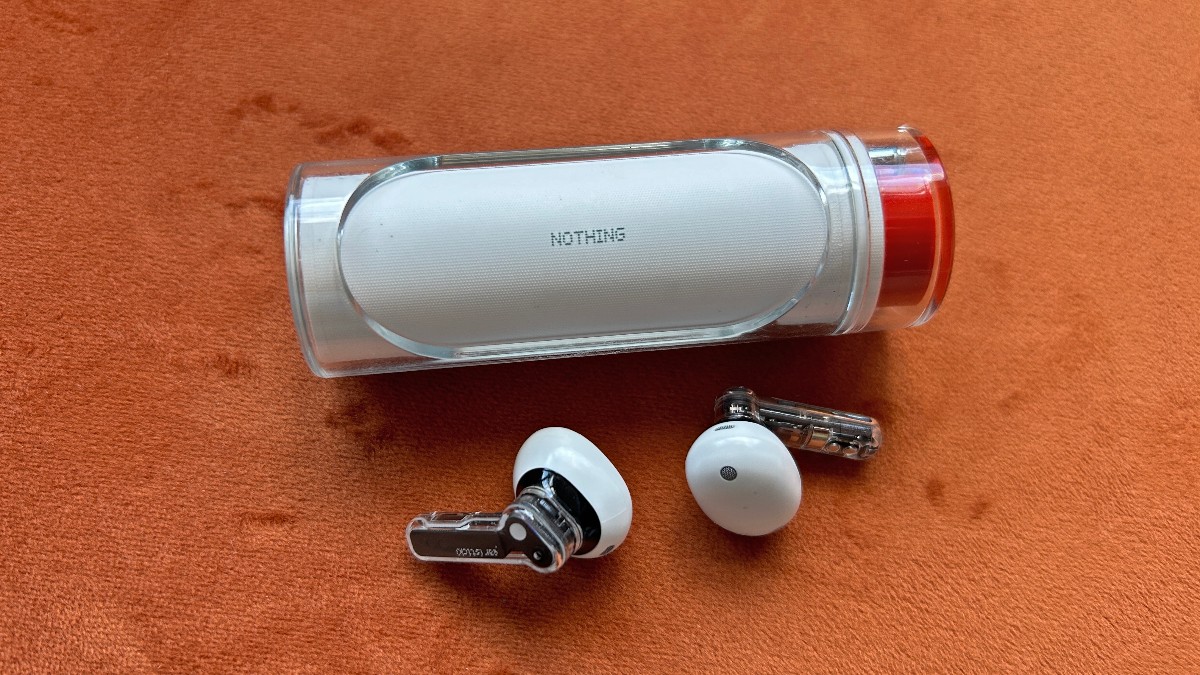Our Verdict
You won’t get blown away by the Nothing Ear (stick) headphones—apart from their excellent design—but, nonetheless, these are solid open-fit headphones for sports and general use. But perhaps most notably they’re a viable cheaper alternative to the Apple AirPods 3.
For
- Appealing design
- Comfortable
- Allow for some awareness
Against
- Fit won’t work for everyone
- Sound is merely OK
- No ANC
You can trust Coach
In my opinion, open-fit headphones like the Nothing Ear (stick) or Apple AirPods 3 are often underrated for sports use. If the fit is secure—and I acknowledge they fall out of some people’s ears during workouts—they offer a good balance of awareness and sound quality, and are more comfortable to wear for long stretches than in-ear buds.
The Nothing Ear (stick) headphones don’t match the sound quality of in-ear buds, or the AirPods 3, and they also lack noise cancellation. So overall, they’re not as good as the best workout headphones, but if you prefer an open-fit design they are a decent option as a cheaper alternative to Apple’s buds.
Nothing Ear (stick) Review: Price And Availability
The Nothing Ear (stick) headphones launched in October 2022 and have an RRP of $99 in the US and £99 in the UK, though they are currently reduced on the Nothing site to $79/£69. They are more affordable than the Apple AirPods 3, which are $179/£179.
How I Tested These Headphones
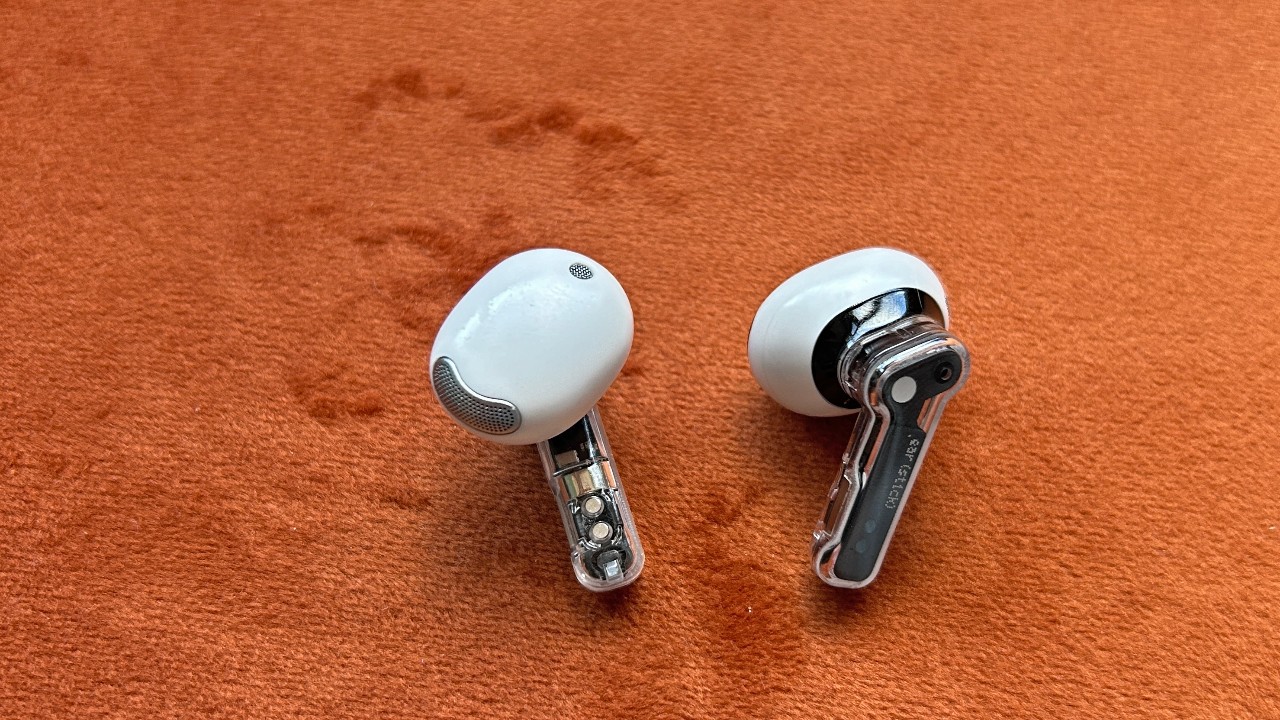
I’ve been using the Nothing Ear (stick) headphones frequently for the past couple of months and have racked up many runs while wearing them, along with workouts including a couple of cycles and strength sessions. I have also tested Nothing’s other headphones, the Nothing Ear (1) and Nothing Ear (2) in-ear buds, along with a variety of the best running headphones.
Design, Fit and Controls
Across its range, design is a key part of what Nothing offers—the see-through sections on its headphones and innovative cases catch the eye. I adore the case of the Nothing Ear (stick) headphones, which is a cylinder you rotate to open. It’s small and easy to pop into a pocket or backpack during workouts, and also a lot of fun to fiddle with.
The headphones have see-through stems and a white bud that sits inside the ear without entering the ear canal. This means that there’s no passive noise cancellation, but also that they’re comfortable to wear for hours since no pressure is applied to the ear.
Owing to this open-fit style, the buds will not be secure enough for everyone to exercise with. I found that they sat in my ear without falling out during runs and cycles, but during strength (and particularly HIIT) workouts the buds shook loose. However, I have bigger problems with the fit of in-ear buds like the Nothing Ear (2), which squirmed loose and dropped out when I got sweaty. Overall, I prefer the fit of the (stick) headphones, especially for running.
The open-fit design also means you get more awareness of your surroundings, which is handy for outdoor runs and cycles. It’s not as much awareness as you get from completely open headphones like the Shokz OpenRun, but the Nothing Ear (stick) has better sound quality.
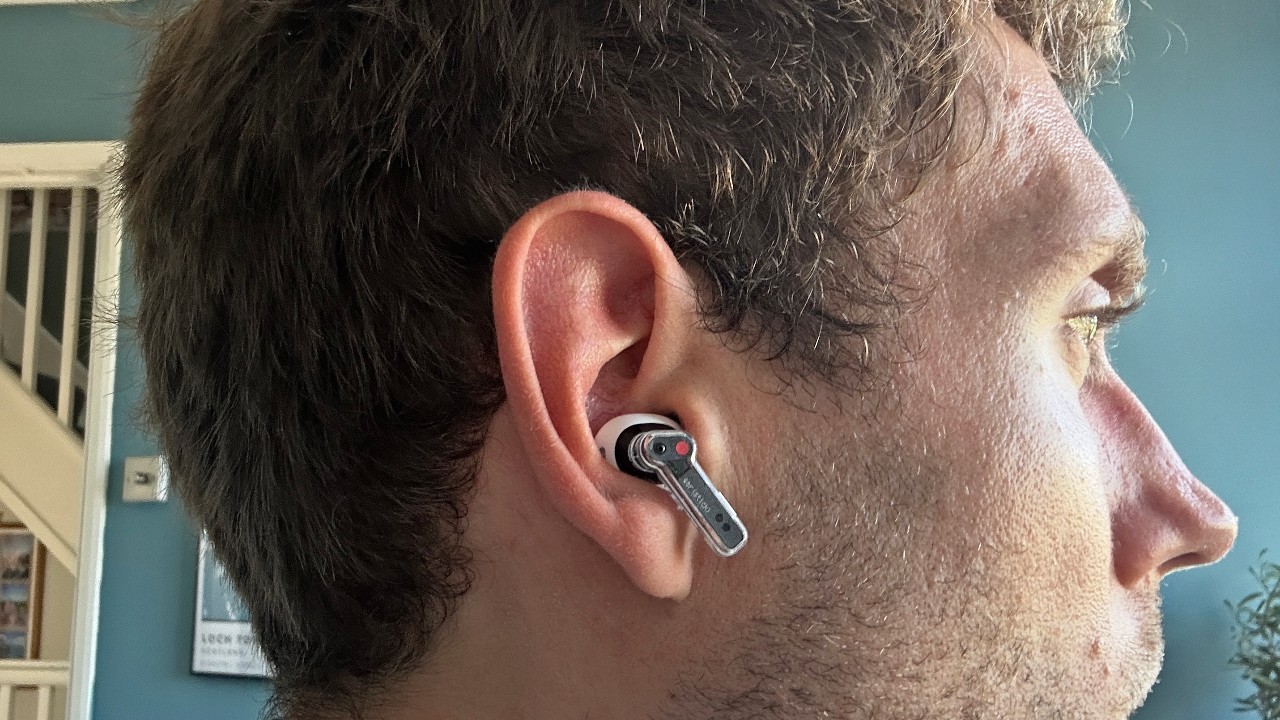
With a water resistance rating of IP54 the Nothing Ear (stick) headphones are not fully waterproof, but that’s high enough so that I haven’t any concerns about their ability to shrug off sweat and rain during workouts.
As with the AirPods 3, you squeeze the stem of the Nothing Ear (stick) headphones to control playback. You can customize four controls on the buds, and a single squeeze is locked as play/pause and answer/end calls. The controls are easy to use, even during workouts.
Sound Quality And Awareness
Open-fit headphones can’t match the sound quality of in-ear buds, and the Nothing Ear (stick) headphones also don’t deliver the sound of the much pricier Apple AirPods 3, but you can’t call them terrible. You can adjust the EQ in the app, which can help beef up the bass, though this is lacking compared with in-ear headphones. The sound is clear and bright in the upper ranges, and it’s loud enough to hear even when running by busy roads.
If sound quality is your most important feature in headphones, then the Nothing Ear (stick) buds are not for you. When using them away from workouts I missed the better sound and noise cancellation of in-ear headphones. This was particularly the case when traveling on trains.
However, they deliver OK sound and allow for more awareness than in-ear options, which is important if you exercise outdoors a lot and don’t want to use bone-conduction headphones, which sacrifice sound quality for their completely open design.
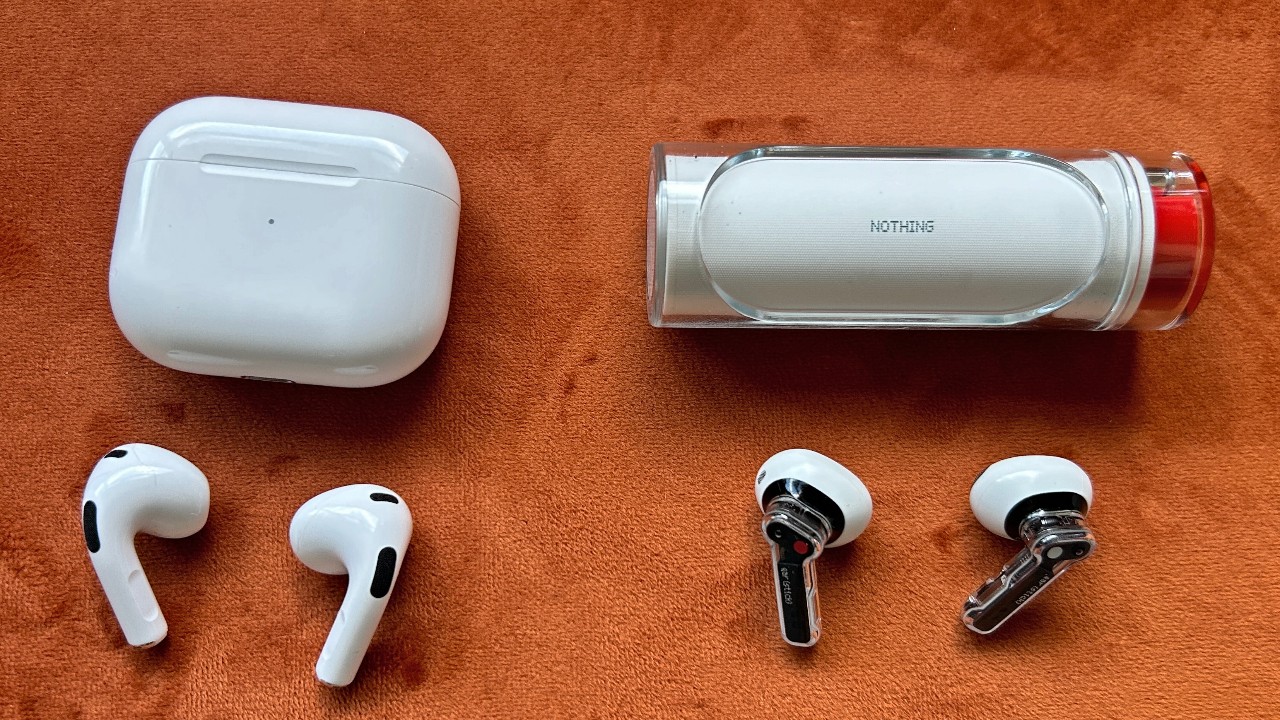
You can enable a noise reduction feature with the Nothing Ear (stick) headphones, but this didn’t make a noticeable difference to background noise for me, and it reduces battery life. It’s worth testing to see if it makes a difference for you, since the experience will vary depending on how the buds sit in your ear, but it’s nothing like even the passive noise cancellation you get from in-ear headphones.
Battery Life
The Nothing Ear (stick) headphones last seven hours on a charge, and the case adds another 22 hours. You can also get two hours of playback from a 10-minute charge in the case. In my testing, the buds lived up to the numbers given by Nothing.
Are The Nothing Ear (stick) Headphones Worth It?
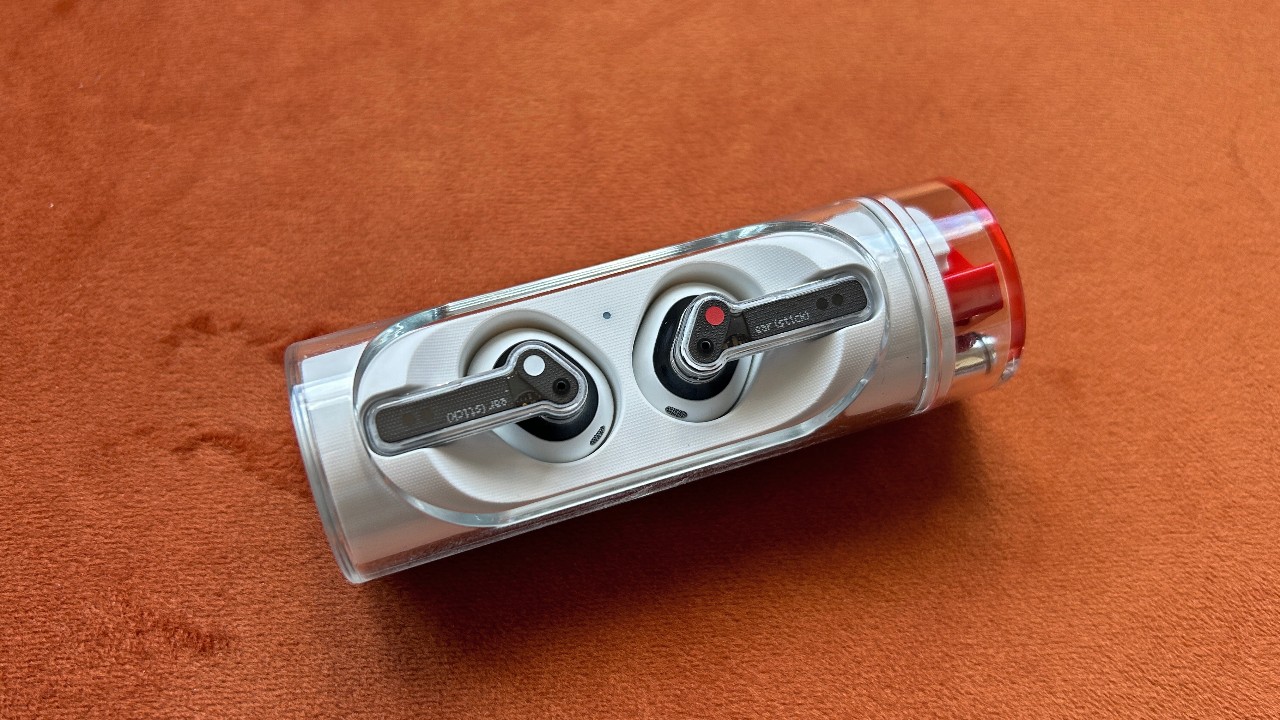
Despite my reservations about sound quality and fit, I enjoyed using the Nothing Ear (stick) headphones. They have a charm, thanks to the appealing design, as well as a comfortable fit that was secure enough for me when running and cycling.
If you like open-fit headphones, then the Apple AirPods 3 are the best I’ve tested, but the Nothing Ear (stick) are a viable alternative at a much lower price. If you don’t have a problem with in-ear buds then the Jabra Elite 4 Active offer better sound than the Nothing buds, as well as ANC, at a similar price. Another appealing option at around the same price are the JLab Epic Air Sport ANC, which have ear hooks for a reliable fit.

Nick Harris-Fry is a journalist who has been covering health and fitness since 2015. Nick is an avid runner, covering 70-110km a week, which gives him ample opportunity to test a wide range of running shoes and running gear. He is also the chief tester for fitness trackers and running watches, treadmills and exercise bikes, and workout headphones.
